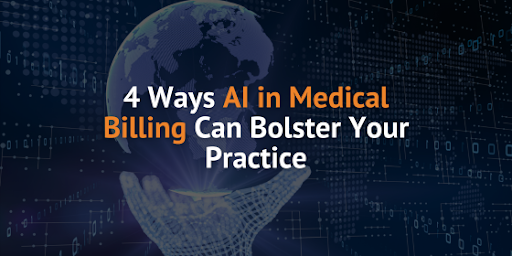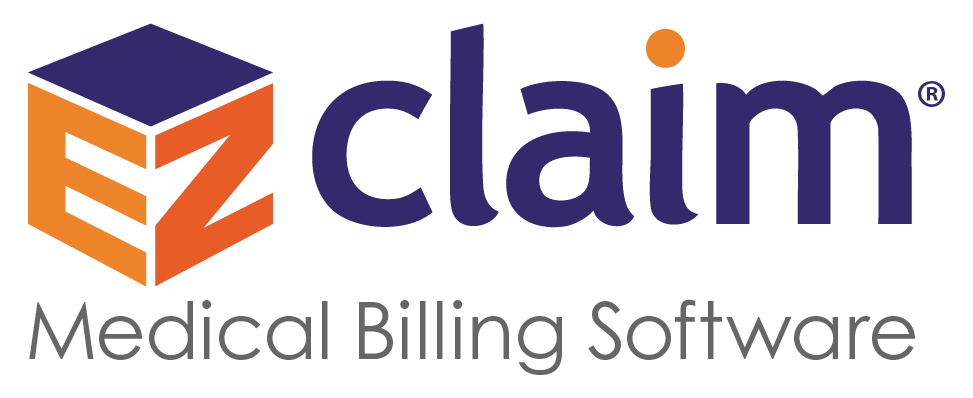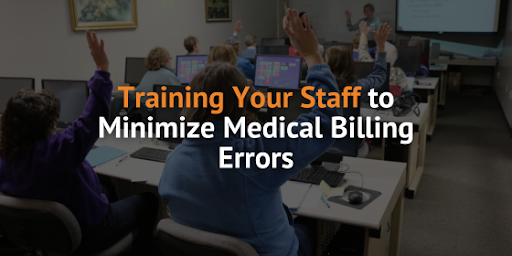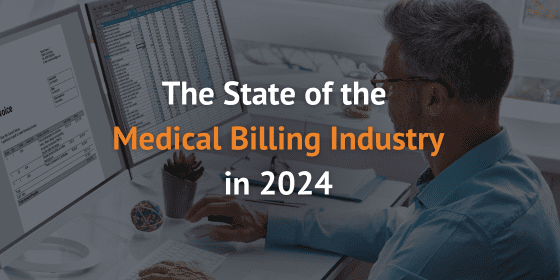
4 Ways AI in Medical Billing Can Bolster Your Practice
As the healthcare industry becomes more complex, medical practices of all sizes are turning to innovative technologies to streamline operations. One area that continues to challenge healthcare providers is medical billing. Managing claims, payments, and compliance can be overwhelming and time-consuming. However, with advancements in AI in medical billing, these processes can be significantly improved.
For practices looking to enhance the efficiency and profitability of their practices, understanding how artificial intelligence (AI) can optimize medical billing is crucial.
Here are four key ways AI in medical billing can help your practice.
1. Automating Routine Billing Tasks
One of the biggest benefits of AI is its ability to automate repetitive, time-consuming tasks. Whether it’s entering patient information, generating claims, or verifying insurance eligibility, AI can handle these tasks with speed and precision. For many practices, manual billing processes are not only labor-intensive but prone to errors. By automating these functions, AI ensures that claims are generated quickly, accurately, and in compliance with insurance requirements.
For smaller practices, where administrative staff may wear multiple hats, this automation frees up time to focus on patient care and other important duties. For larger practices, it means improved efficiency across the board, reducing the risk of bottlenecks and missed deadlines.
2. Reducing Claim Denials and Rejections
Claim denials are a common source of frustration for healthcare providers. Errors in coding, missing information, or incorrect patient data can result in delayed or denied payments, putting a strain on your practice’s revenue cycle. One of the most powerful aspects of AI in medical billing is its ability to predict and prevent claim denials before they happen.
Medical billing software powered by AI can analyze historical claim data to identify patterns and common errors that lead to denials. By using predictive analytics, these tools can flag potential issues in real-time, allowing billing teams to correct problems before claims are submitted. This proactive approach not only reduces the number of denied claims but also speeds up the reimbursement process, helping practices maintain healthier cash flow.
3. Ensuring Compliance with Evolving Regulations
Staying compliant with healthcare regulations is essential for any practice, but the rules governing medical billing are constantly changing. Keeping up with the latest requirements for coding, HIPAA compliance, and insurance standards can be challenging, especially for practices that don’t have a dedicated compliance officer.
AI, by design, stays up-to-date with the latest regulatory changes. By continuously monitoring compliance requirements, AI-powered medical billing software helps ensure that your billing practices remain fully aligned with current standards. This not only reduces the risk of costly penalties but also provides peace of mind, knowing that your billing is always in compliance with the most recent regulations.
4. Improving Revenue Cycle Management
At the heart of every successful medical billing process is effective revenue cycle management (RCM). AI-driven systems optimize every stage of the revenue cycle, from claim submission and payment posting to collections and reporting. With AI in medical billing, practices can track payments, monitor claim statuses, and identify trends in revenue performance—all in real-time.
Whether it’s identifying frequently denied claims, pinpointing delays in payment processing, or tracking patient balances, AI-powered medical billing software gives practices the tools they need to make informed, data-driven decisions that enhance profitability.
Why AI is the Future of Medical Billing
The key to unlocking the benefits of AI in medical billing lies in adopting the right solutions for their specific practice size and needs. With cloud-based platforms like EZClaim, AI-driven billing technology is more accessible than ever.
Whether you manage a small independent practice or a larger healthcare organization, AI can integrate seamlessly into your existing billing workflows, driving efficiency and improving outcomes. By automating tasks, reducing denials, ensuring compliance, enhancing security, and optimizing revenue management, AI empowers healthcare providers to focus on what matters most—delivering quality patient care.
Conclusion
As the healthcare landscape continues to evolve, investing in AI technology for your medical billing operations is a smart, strategic move that can help your practice thrive. From automation to compliance and security, AI in medical billing provides tangible benefits that translate into higher efficiency, fewer errors, and better financial outcomes.
If you’re ready to take your medical billing to the next level, book a free demo with EZClaim.






